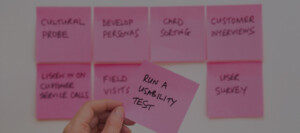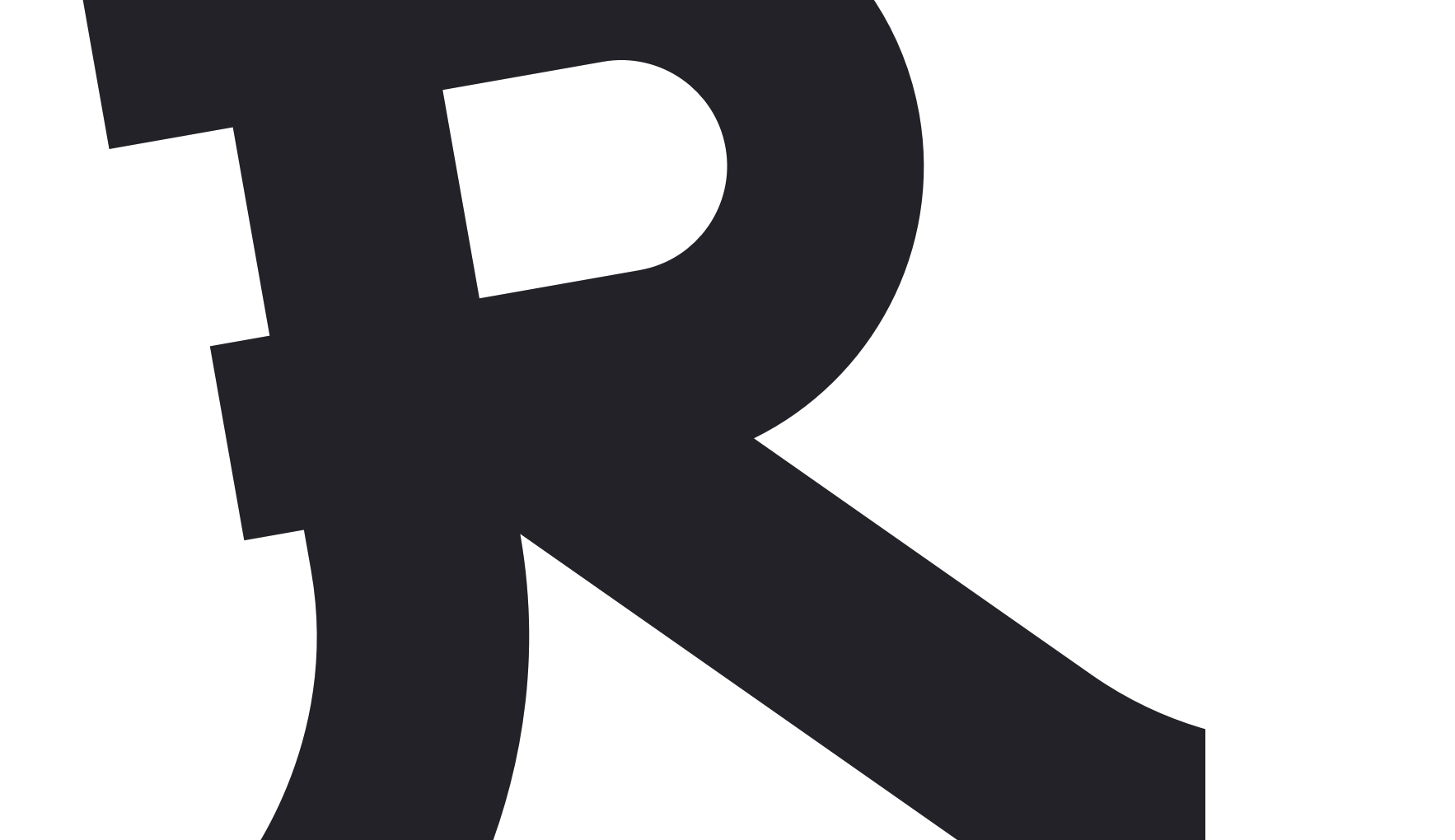MOST TOOL LISTS ARE WRITTEN BY MARKETERS CHASING CLICKS.
This one’s written by a founder who’s rebuilt platforms at 3am, pitched product flows to billion pound brands, and seen firsthand what happens when your tech stack can’t scale.
At Ronins, we don’t care what’s trendy. We care what works. The tools listed here aren’t affiliate fluff, they’re the ones we trust when launch dates are tight, user journeys are fragile, and performance has to earn its keep. They’ve helped our clients win market share, convert better, and sleep easier.
Web Design Software
Before you add another tool to your stack…
Here’s the truth: most design tools do 80% of the same things. What matters is how well they fit your team, your process, and the speed you need to operate at. We’ve used these tools across fast-growth launches, complex stakeholder environments, and enterprise-scale systems. So this isn’t a features list, it’s a decision-maker’s cheat sheet.
We cut through the noise on what actually improves prototyping, collaboration, handoff, and iteration, and flag the gotchas most reviews gloss over.

What We Write About
Real tools, tested in the wild: We don’t list what’s popular, we share what we’ve battle-tested on real builds. Expect honest takes on tools that improve speed, conversion, and control.
Design systems & workflow: From Figma libraries to prototyping shortcuts, we unpack the tools that help you scale ideas without drowning in feedback loops.
Collaboration & handoff: Insights on streamlining dev handoff, syncing design with code, and avoiding the ‘design looks different in build’ drama.
Performance & optimisation: Tools that help us spot bottlenecks, improve accessibility, and fine-tune for SEO and Core Web Vitals, without killing creativity.
Process enhancers: Not every tool is visual. We share the low-lift utilities that speed up documentation, testing, and stakeholder buy-in.

Who We Write It For
Founders who want clarity: If you’re growing a product or platform and want tools that reduce rework, not create it, this is for you.
Design and product teams: For those who want smarter design flows, better feedback cycles, and faster validation without sacrificing quality.
Marketing leads chasing performance: Conversion-focused tools that support content rollout, landing page testing, and real-world SEO.
Developers tired of Figma purgatory: This isn’t just for designers. We include tools that make your life easier when shipping code, not just mocking it.
Anyone building something that matters: We care about tools that create better user experiences and sharper results. No fluff. No filler. Just what works.

FAQa
Questions we get asked about our tools
For early-stage startups, Figma is hard to beat. It’s cloud-based, highly collaborative, and scales with your workflow. You can mock up ideas quickly, test prototypes, and hand off to devs with minimal friction. It avoids the bloat of older tools while offering strong support for components and design systems. If you’re starting from scratch and want one tool to do most of the job, Figma is usually the most efficient place to begin.
Templates can speed things up—but often at a long-term cost. If speed is critical, they’re fine as a launchpad. But if you want your website to reflect your brand and grow with your business, custom design gives you better control, clarity, and conversion. We typically only use templates when time or budget leaves no other option, and even then, we customise heavily to fit the product, audience, and commercial goals behind the build.
We recommend starting with Axure or Whimsical for quick wireframes. They’re fast, flexible, and easy for non-designers to engage with. Both support collaborative sessions and allow you to test ideas without sinking time into polish. Once structure is agreed, we move to Figma for fidelity. Speed matters, but clarity matters more—so the key is picking a tool that helps your team get aligned fast, without bloating the process or adding unnecessary steps.
We use clickable prototypes in Figma and tools like Maze to gather feedback early. The goal isn’t pixel-perfection, it’s proving flow and function before time and budget are sunk into development. We look at user friction, drop-off points, and comprehension. When needed, we test messaging and UX copy too. It’s far cheaper to fix a flow before build than after. Testing early helps reduce rework, improve confidence, and shorten dev timelines across the board.
No problem. We’ve worked across Sketch, Figma, XD, InVision, and even PDF handoffs. What matters is clarity, not tooling. We’ll either align with your dev team’s preferences or export clean, dev ready assets with annotations and specs. Figma’s Dev Mode is especially helpful here, it reduces ambiguity and makes frontend integration smoother. If there’s a gap between design and build, we’ll help bridge it with documentation, screen flows, and walkthroughs so no one’s left guessing.
We prioritise structured design systems, consistent naming, and clear flows inside Figma. Dev Mode ensures everything is inspectable, exportable, and ready for implementation. For more complex systems, we include style tokens, spacing rules, and component notes to support scalable front-end work. We also use tools like Zeplin or Storybook when necessary. Communication is key, so we often do a live walkthrough to ensure nothing’s lost in translation between design intent and technical build.
Yes, but carefully. We use AI tools for ideation, layout variations, UX writing drafts, and even accessibility testing. What we don’t do is let AI replace critical thinking or user empathy. AI is great for speed and iteration, but it still needs human judgment to land the right experience. Think of it as a creative assistant—not a designer. Used well, AI helps us explore faster, test more ideas, and solve problems that used to take hours.
For remote UX testing, Maze and Useberry are our go-tos. They integrate with Figma and allow quick setup of tasks, flows, and heatmaps. For live sessions, we use Lookback or Zoom with observers. We test early and often, focusing on clarity, confidence, and conversion blockers. The tool itself is secondary, what matters most is knowing what to test, who to test with, and what success actually looks like. UX testing isn’t optional. It’s insurance.
We bake SEO into the structure, starting with page hierarchy, copy planning, and performance aware design. Tools like Ahrefs and Screaming Frog help us assess existing structure and gaps. We optimise for mobile first speed, semantic markup, image sizes, and clear CTAs. Design isn’t just visual, it shapes crawlability, site structure, and user paths. We often collaborate with content and dev teams to make sure SEO isn’t bolted on later, but embedded early where it belongs.
Absolutely. Every tool choice has a cost, load times, plugin bloat, browser quirks. We test designs in staging with Lighthouse and web.dev to catch performance drags early. We also use Chrome DevTools and GTmetrix to spot real-world load issues. Tools like Lottie or complex libraries look great, but we only recommend them when the brand case outweighs the speed hit. Performance is a design decision—so every tool we use has to earn its place.





